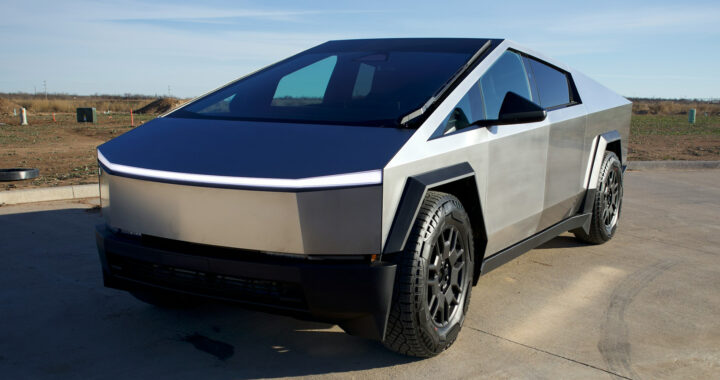Tesla is having a bad year. Its earnings declined last year. The stock price has fallen by more than 30 percent in the last six months due to protesters across the world burning its dealerships and boycotting its products. The controversial Cybertruck, less than a year since it became available in the market, is facing its eight recall. This most recent corrective action involves about 46000 units and stems from a federal regulatory order noting that some steel trim pieces or panels coming loose and detaching from the chassis.
About 46000 Cybertrucks Recalled Due to Glue-Held Panels at Risk of Falling Off and Posing Hazards
Defective Stainless-Steel Panel
The National Highway Traffic Safety Administration mentioned in its March 18 regulatory filing that Tesla reported that a stainless-steel exterior trim panel on its Cybertruck can become loose over time and fall off the vehicle. This prompted the federal regulatory office to recall 46096 Cybertrucks released between 2024 and 2025 and manufactured from 13 November 2023 to 27 February 2025 due to potential risks to other drivers.
Furthermore, according to the same document, the particular Cybertruck part in question is known as a cant rail. It is described as a cosmetic applique along the vehicle exterior and an assembly comprised of an electrocoated steel stamping attached to a stainless steel panel using structural adhesive. This assembly may delaminate at the adhesive joint and cause the stainless-steel panel to separate from the vehicle over time or due to environmental conditions.
The National Highway Traffic Safety Administration also warned that the issue could create a road hazard if the cant rail stainless steel panel separates from the vehicle while in drive. This hazard affects following motorists and could involve collision or injuries. A delaminated cant rail panel may create a detectable noise inside the cabin. Vehicle owners or drivers may observe the cant rail panel coming loose or separating from their vehicles.
Usage of Glue in Automaking
Glues or structural adhesives have become common in modern automaking due to their advantage over more traditional methods like welding or mechanical fastening. These adhesives are ideal for bonding dissimilar materials like steel and composites or plastics. Moreover, unlike mechanical fasters, which can add to weight, using structural adhesives supports lighter vehicle designs. They also distribute stress evenly across the bonded surface.
The glue used in the recalled Cybertrucks has been found to be susceptible to environmental embrittlement. This means that the adhesive material weakens and becomes prone to cracking or breaking when exposed to various environmental conditions. These conditions include fluctuations in temperature or transitioning from extreme heat to extreme cold, accumulation of moisture due to rain, humidity, or snow, and exposure to ultraviolet radiation.
In an interview with Wired, Dale Harrow, chair and director of the Intelligent Mobility Design Center at the Royal College of Art London, noted that the incident was the first time he heard that a structural glue used in automaking became a problem. The main issue with Tesla is that it used the wrong glue or an adhesive that was incompatible with stainless steel. The oversight is concerning because Tesla should be a tenured automaker at this point.
FURTHER READINGS AND REFERENCES





